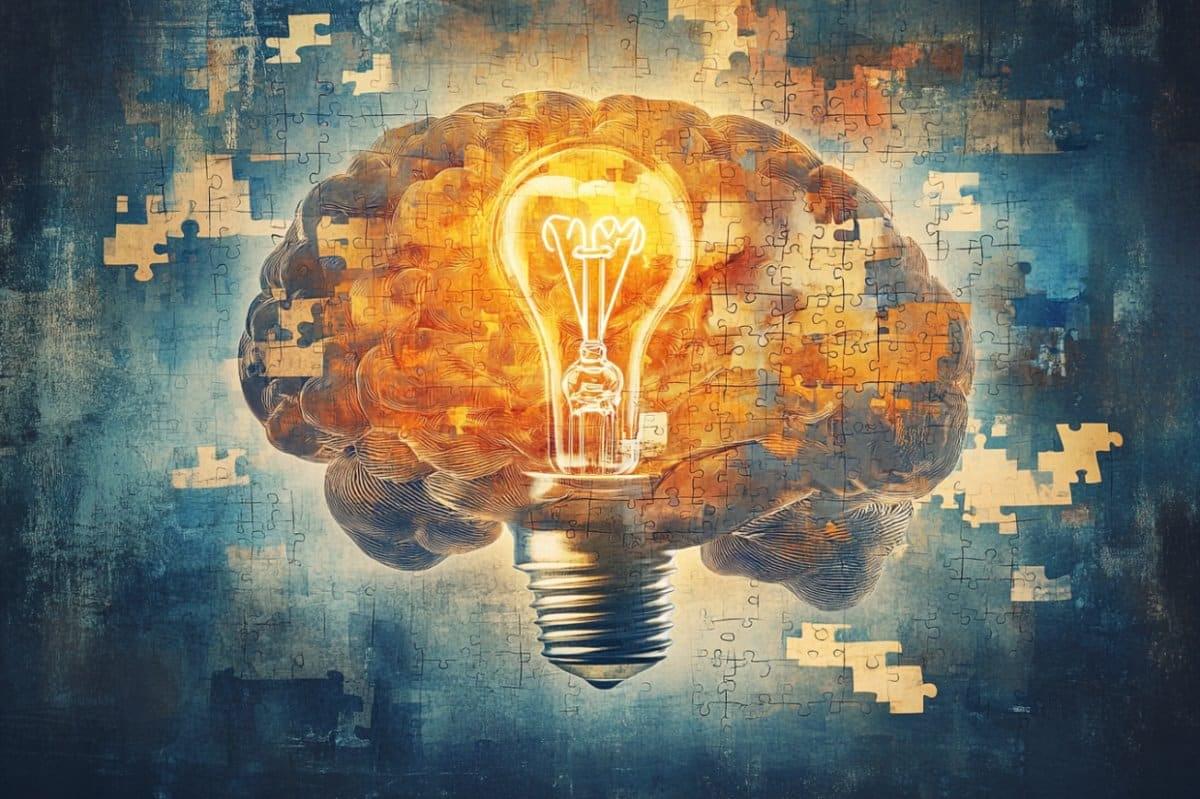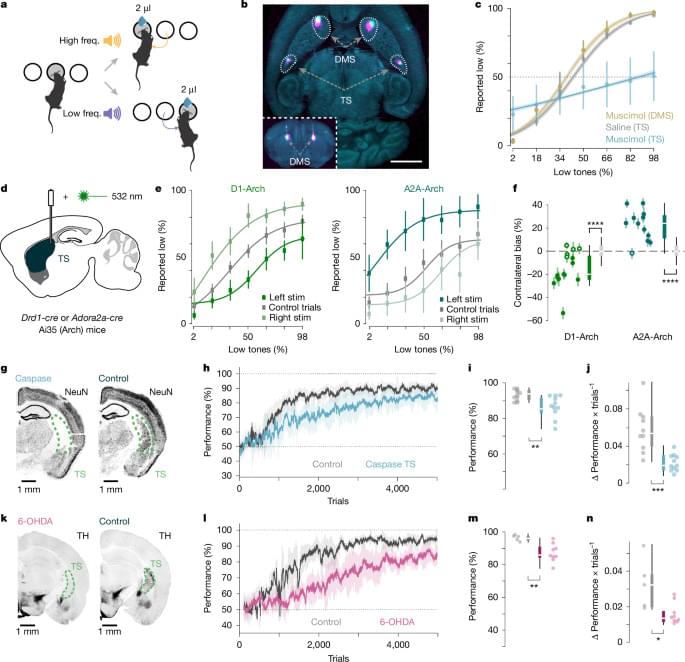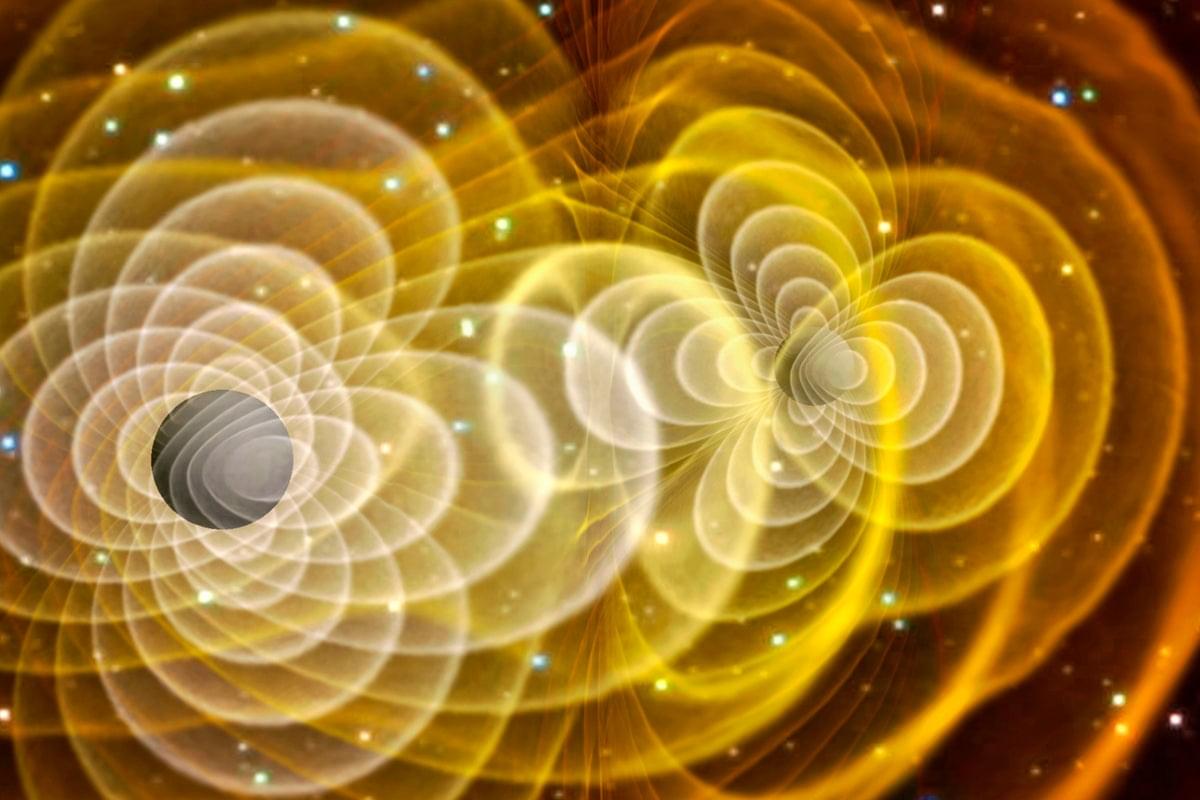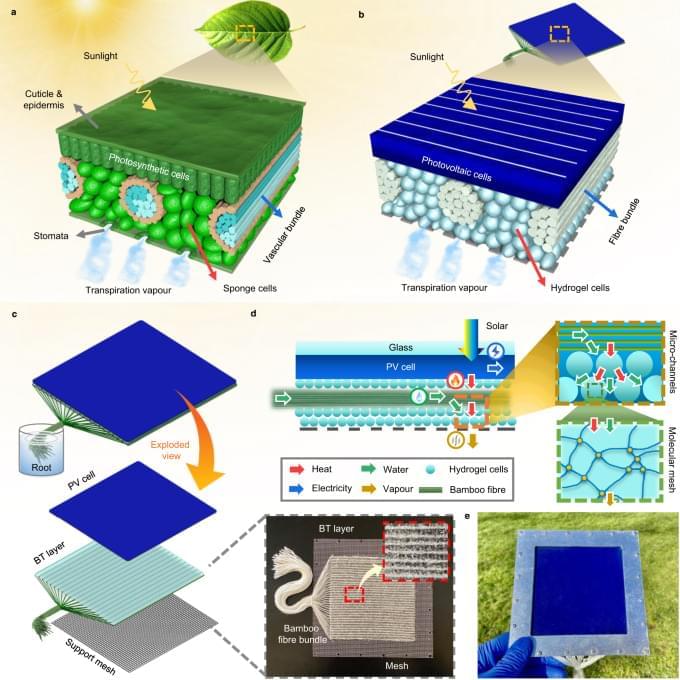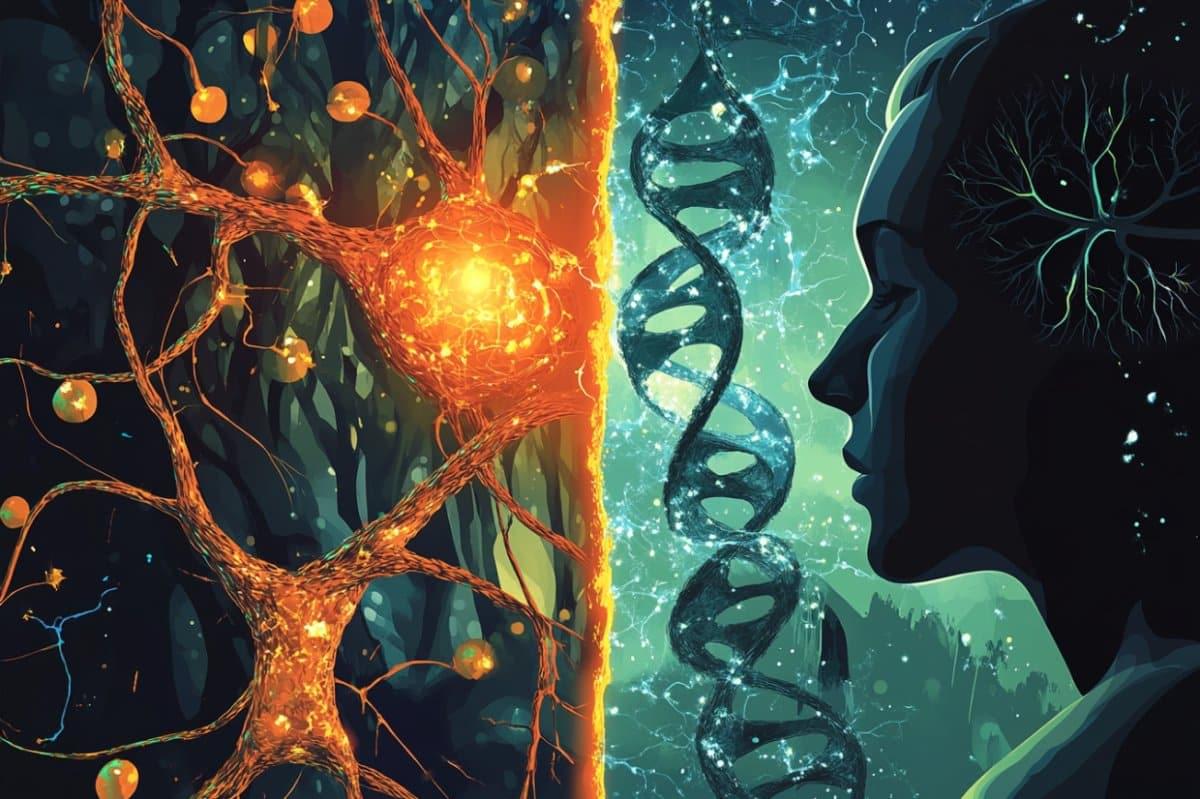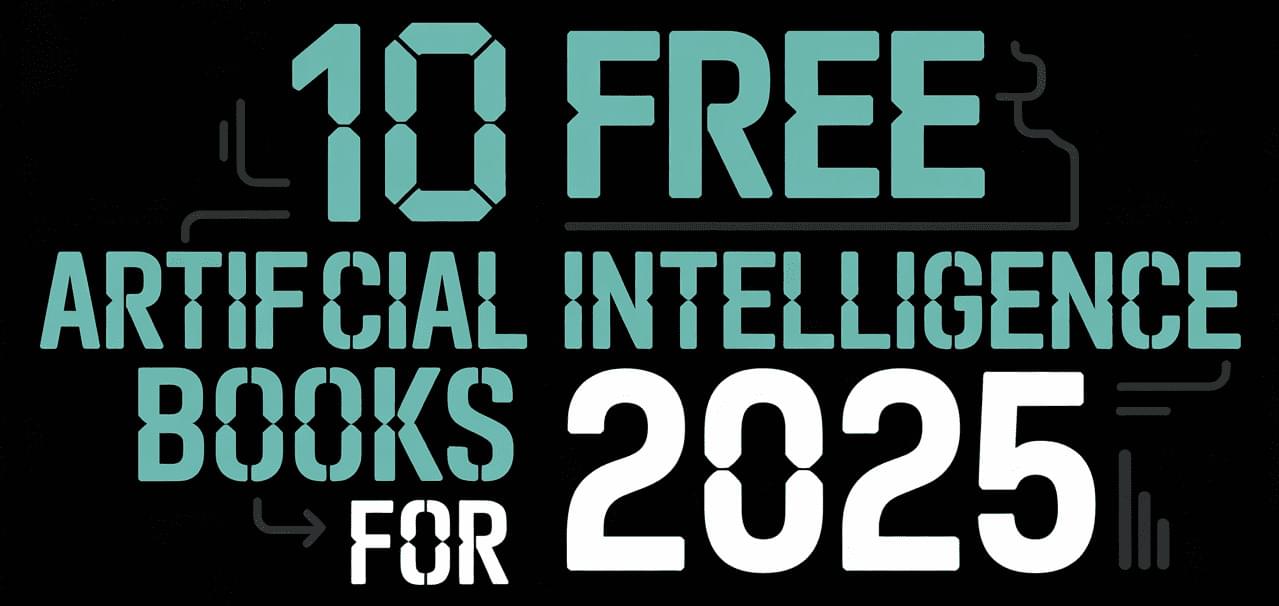Ribonucleic acid, also called RNA, is a molecule present in all living cells. It plays a critical role in transmitting genetic instructions from DNA and creating proteins. With the power to execute a plethora of functions, the little RNA “messenger” has led to important innovations across therapeutics, diagnostics, and vaccines, and made us rethink our understanding of life itself.
A team of researchers from Boston University’s Biological Design Center and the Department of Biomedical Engineering recently made significant steps forward in the development of the next generation of computational RNA tools. They recently published a study in Nature Communications describing a generative AI technique for designing different types of RNA molecules with improved function.
Much like a large language model that can be used to compose entirely new texts, the model can compose new RNA sequences tailored for specific tasks in the cell or in a diagnostic assay. Their research has shown that it’s possible to predict and generate RNA sequences that have specific functions across a broad array of potential applications.


